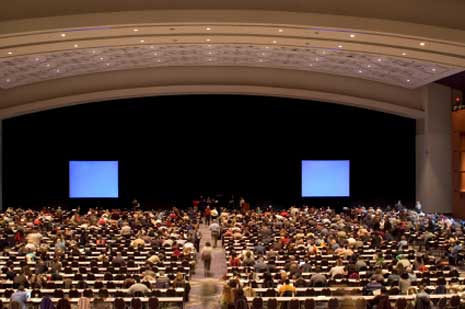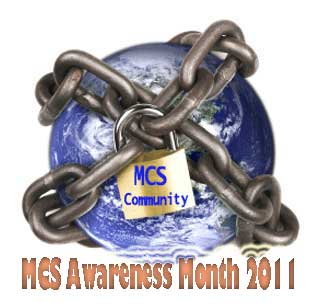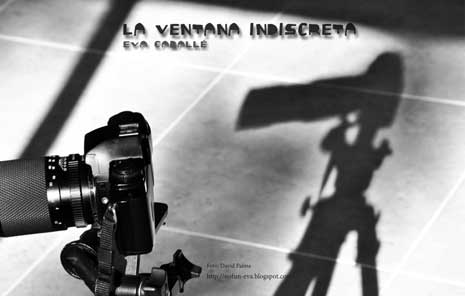Environmental diseases are not unexplained mysteries
More attention needed to the disease factor in indoor pollutants
The awareness of the importance of uncontaminated food and pollution-free products in everyday life is growing worldwide. People are striving for a healthy and unpolluted living environment. Especially noteworthy are efforts that have been observed recently in Norway. In this Scandinavian country, efforts are prioritized to protect children, particularly against pollutants and allergens. One of the most active pioneers is Kjell Aas, a retired professor who supports the Norwegian Asthma and Allergy Association, with his profound knowledge. This scientist is anxious to clear ignorance about environmental and pollution-related diseases. He clarifies the facts to the authorities and population in ways which are understandable.
Environmental diseases are not mysteries, but scientifically explainable
For many people it is still difficult to understand that polluted air can also cause health problems or symptoms beyond just the respiratory tract. Research has delivered to us today only fragmentary explanations, but there are some entirely understandable explanations and solid scientific evidence of things not delivered to us, which Kjell Aas tries to make as general knowledge for the public.
The scientist Kjell Aas said, “Medical science has not yet managed to explore all the biochemical mechanisms behind the disease. The same goes for the so-called environmental diseases, such as hyperactivity, migraines, and multiple chemical sensitivity (MCS). To think that these environmental illnesses are something mysterious or inexplicable, or even that they are psychologically conditioned is just incorrect. This can be explained by one or more biochemical reactions. Both the physical and mental functions and activities are regulated by more or less complex chemical processes. The reactions are dependent on the dose and individual tolerance levels.”
Individual biochemistry sets the pace
“From a scientific aspect,” says Kjell Aas, “one must internalize that our internal biochemistry relies on the smooth functioning of a variety of cells with specific receptors and signal systems operating, and upon thousands of enzymes and co-enzymes. These biochemical processes can lead inhibitory and stimulatory mechanisms and integrated “amplifier systems” to gain significant effects.”
Kjell Aas says that the following is important for the public to realize, “Every person is an individual with his/her own individual biochemistry. A few milligrams of cocaine can change the personality and emotional life of an individual,” says the scientist, and continues, “or imagine alcohol having the same affect on the population, but as everyone knows, the tolerance threshold is different for each unique individual.”
The air we breathe daily
The scientist points out in his illustrative design, that adults consume 12 to 15 kg of air per day, and those gaseous chemicals are in the air we breathe, in a more or less high concentrations. Some of these gases combine with others, making them more harmful. These include ozone and other gases that lead to oxidation processes.
In addition, we take in particles in the air we breathe each day without ceasing. We breathe millions of fine particulate matter every hour of every day. These include chemical substances that are associated with the particulate matter which are in a position to pass as easily as breathing gases, and to move fully into blood, lymph and tissue fluid, the researcher points out.
Children are not little adults
Kjell Aas thinks special attention should focus on improving the current situation for children. He justifies this by saying that children can tolerate very little and will get sick easily from chemicals. “We have a variety of cells in our body,” the scientist explained, “all based on chemicals. The chemicals must agree to allow the cells to function properly and then the body will not get sick. ”
The Norwegian elaborated his statement and says, “If an unwanted chemical substances are inhaled, then the chemical balance is upset and so are the cells, and thus we get sick. The cells are blocked by these unwanted chemicals and cannot send out important chemical messengers responsible for our health.”
“Who exactly needs to understand these statements?” Kjell Aas wonders. It is important for all of us to realize the significant consequences for children, in particular, whose bodies are still under construction and development. This enlightenment is exactly what Kjell Aas hopes to awaken in all of us in hopes that we all begin to act accordingly. The Norwegians therefore ask in conclusion that we should internalize the following important fact:
“The air in a room which is acceptable for children, it is also acceptable for adults, but indoor air which is not acceptable for adults, can already make children ill.”
Authors:
Silvia K. Müller, CSN – Chemical Sensitivity Network, Alena Jula, Just Nature, July 1, 2011
Translation: Christi Howarth
Related CSN Articles:






